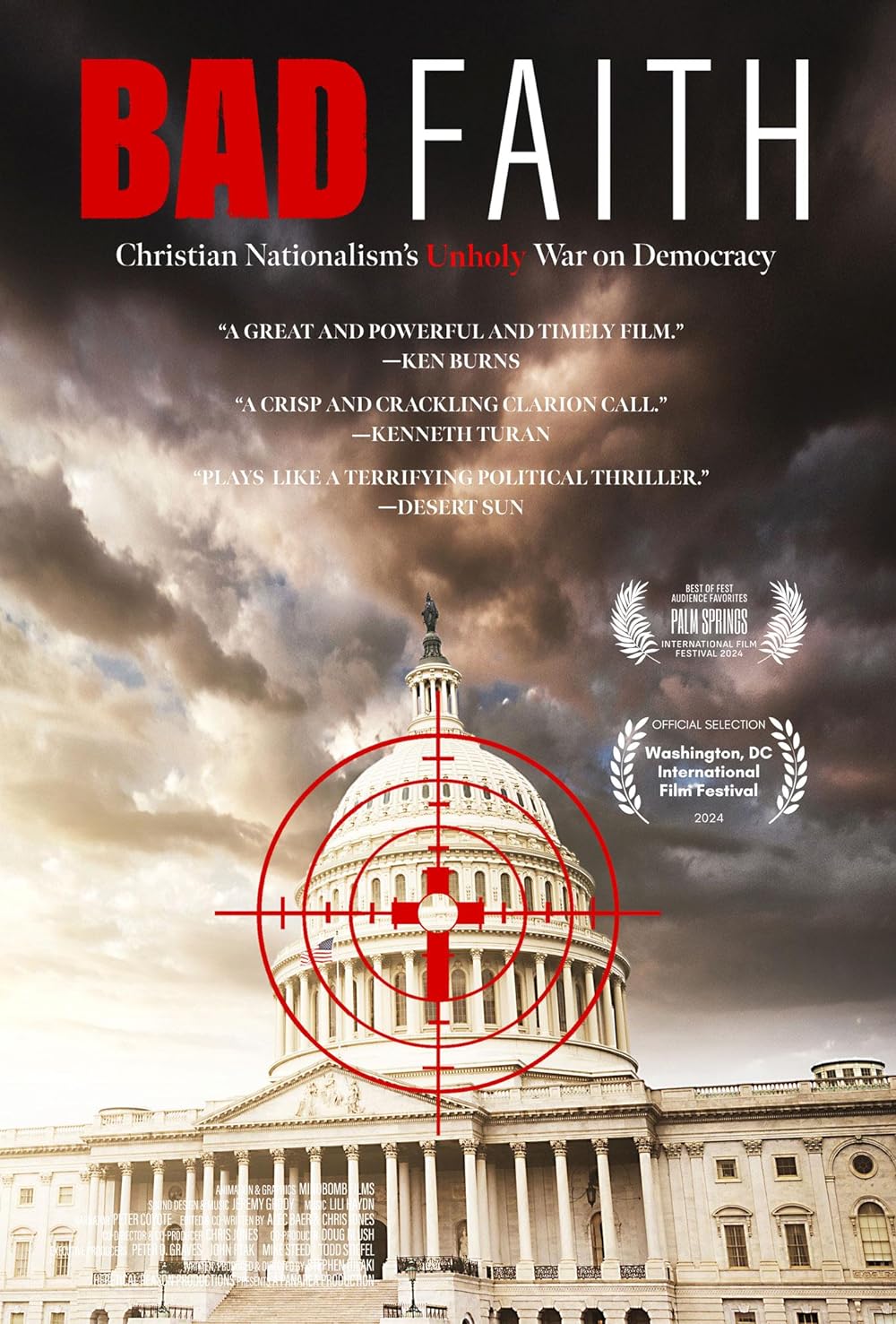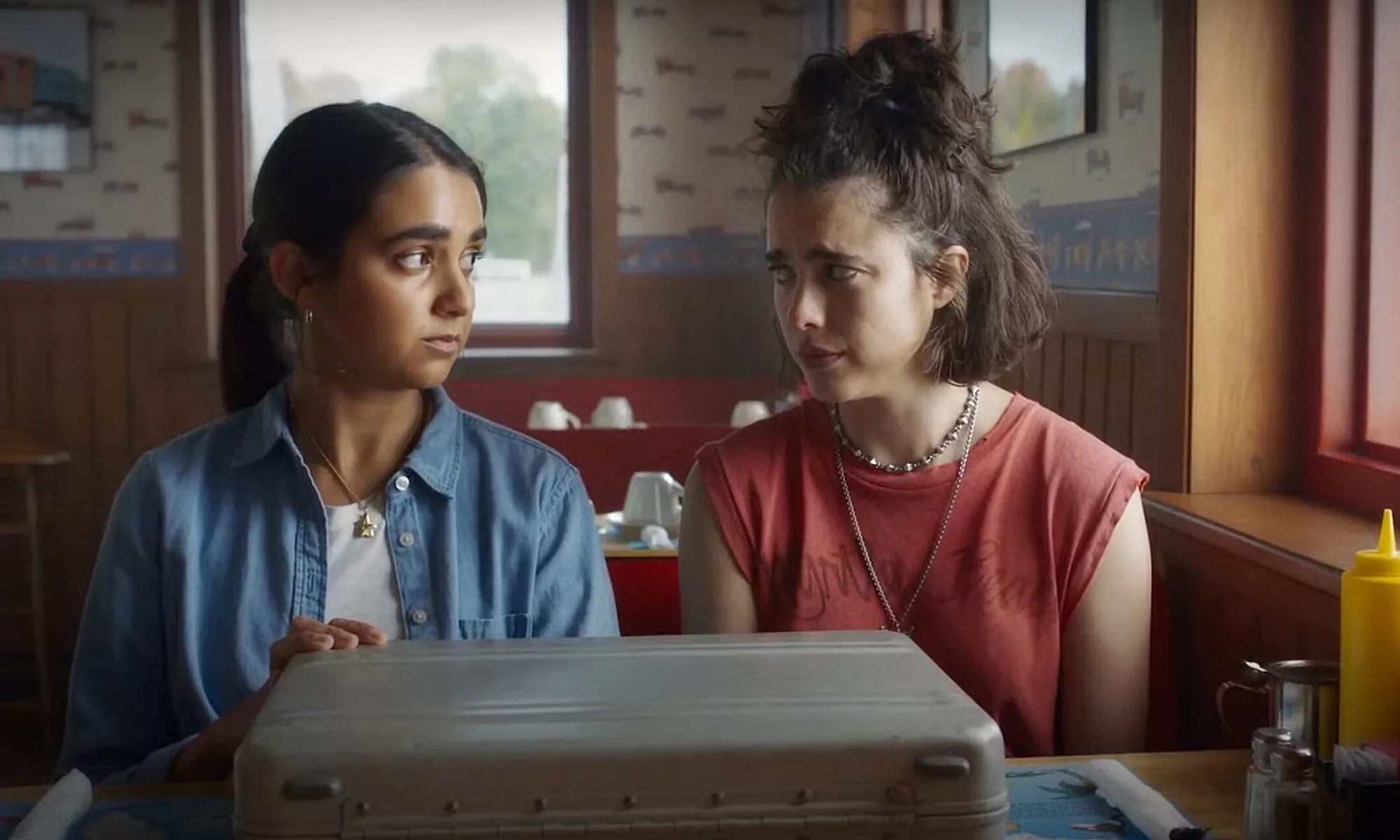Anger Management
Posted on April 8, 2003 at 12:45 pm
There are two odd couples in this movie. One is the traditional pairing of two opposite characters just for the fun of seeing the sparks (and the inevitable “I learned so much from you!” conclusion). In this case, one character is a deeply repressed executive assistant who designs clothing for overweight cats (Adam Sandler as Dave) and the other is a decidedly un-repressed therapist specializing in anger management (Jack Nicholson as Dr. Buddy Rydell).
But just as mismatched as this odd couple are the two competing scripts. First is the original script credited to first-timer David Dorfman. The second “script” adds in the core elements of any Sandler film, contributed by producer-star Adam Sandler, including many pre-adolescent jokes about body parts and their functions and a lot of references to 80’s pop culture. The result is an uneven blend of pretty low humor and REALLY low humor on the theme of utter humiliation. It is only barely saved by the sheer pleasure of watching Jack Nicholson.
“Anger Management” is a variation on every odd couple movie ever made, but especially “Analyze This,” which also paired an Oscar-winning mega-star best known for drama with an alumnus of Saturday Night Live and sketch/stand-up comedy, making the comedian the straight man and letting the distinguished actor go wild. It would be funnier to hear Nicholson sing “West Side Story’s” “I Feel Pretty” if it wasn’t the same song that we heard De Niro sing in the sequel, “Analyze That.” But it’s still pretty funny.
Adam Sandler plays the same part he has in all of his movies — an engaging if immature man with anger management issues. As he often does, Nicholson plays a guy who just might do anything at any moment. Both play off of the way that we know them. Sandler uses our image of him so he won’t have to do anything new but Nicholson uses his so that he can play with it and even surprise us.
Dave is sentenced to anger management after a misunderstanding on an airplane and ends up in Dr. Rydell’s therapy group. After another misunderstanding, he is sentenced to a full-time program that has Dr. Rydell moving in with him, going to work with him, and taking him on a road trip to Boston. Rydell forces Dave to confront a childhood bully and pick up a pretty girl. He even persuades Dave to break up with his loyal girlfriend, Linda (Marisa Tomei). All of this is intended to get Dave to acknowledge his real feelings.
Parents should know that this movie is extremely raunchy for a PG-13, with constant jokes about penis size, plus jokes about lesbian porn stars who enjoy three-way sex, a drag queen prostitute, a mentally ill girl, masturbation, premature ejaculation, flatulence, and prison rape. It has comic violence. Characters drink and smoke.
Families who see this movie should talk about some of Dr. Rydell’s comments, especially when he says that there are two kinds of anger, explosive and implosive and that sarcasm is anger’s ugly cousin. How do the people in your family handle their anger? It might also be interesting to talk about Sandler’s attraction or compulsion to explore these themes. It’s hard to escape the sense that he is working through some of his own issues with this material. I hope so. It would be nice to see him move on — or grow up.
Families who enjoy this movie will also enjoy “Analyze This,” “What About Bob?” and “Honeymoon in Vegas.”






